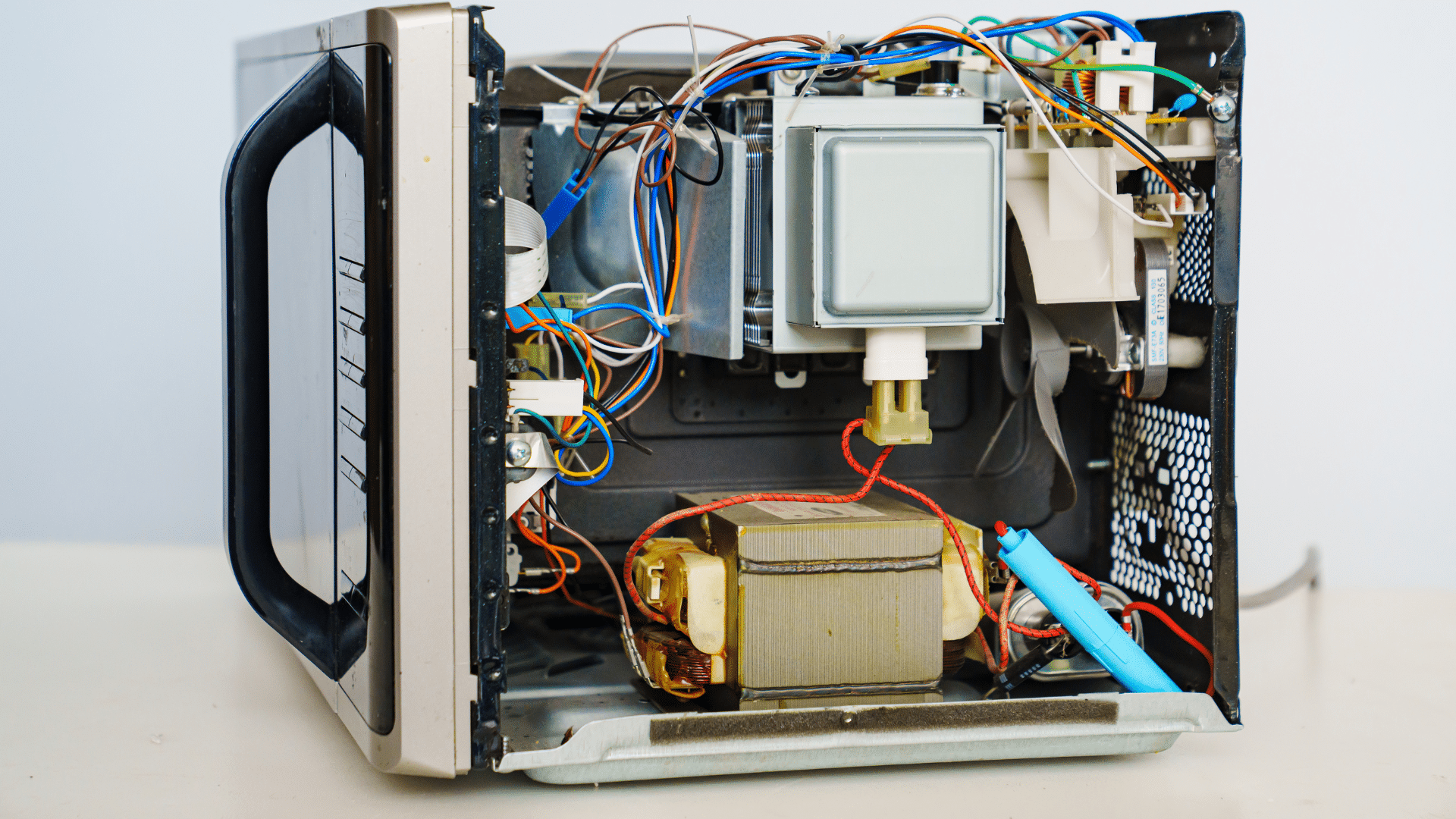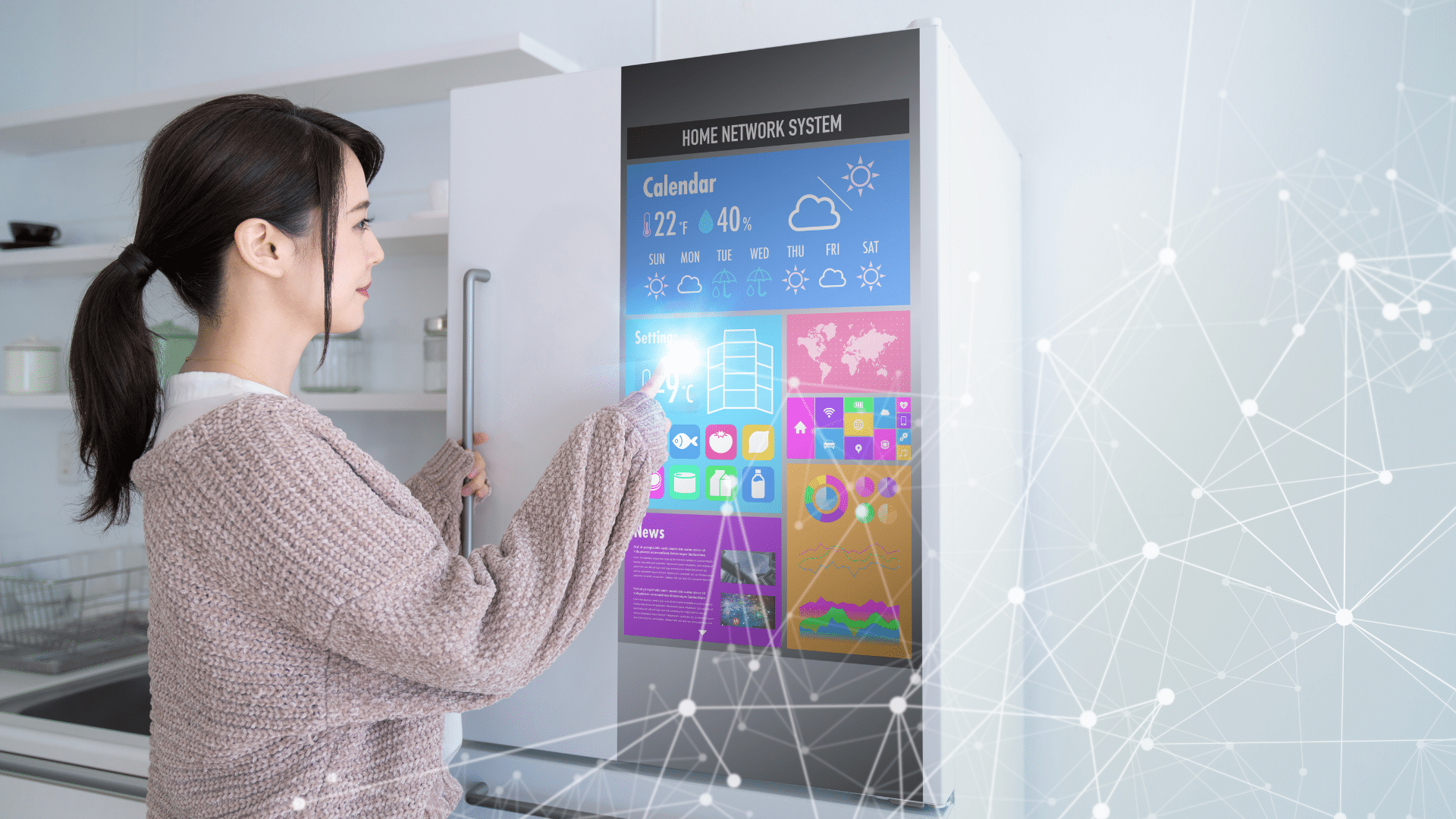
In the realm of household management, appliances play a pivotal role in simplifying our daily tasks. From washing machines to refrigerators, these devices have evolved significantly over the years, not just in their functionalities but also in the way they’re repaired and maintained. The landscape of appliance repair is experiencing a remarkable transformation, thanks to the infusion of cutting-edge technological advancements. This evolution is reshaping the industry, providing innovative solutions and enhancing the repair process for modern appliances.
One of the most noteworthy aspects of this transformation is the integration of smart technology into appliances. Gone are the days when repairing an appliance merely involved manual inspection and tinkering. Today, appliances come equipped with intricate sensors, diagnostic tools, and even self-diagnosing capabilities. These advancements enable appliances to pinpoint issues and communicate them directly to technicians, often even before a problem becomes apparent to the user.
Take, for instance, the emergence of smart refrigerators. These modern marvels are equipped with sensors that can detect temperature fluctuations, potential leaks, or faulty components. When an issue arises, the refrigerator can send a detailed diagnostic report to a technician’s device, expediting the repair process by accurately identifying the problem beforehand. This proactive approach not only saves time but also minimizes the inconvenience caused to the homeowner.
Moreover, augmented reality (AR) and virtual reality (VR) are making significant headway in the appliance repair domain. Technicians can now leverage these immersive technologies to access detailed repair guides or even receive real-time assistance from experts located miles away. AR overlays intricate repair instructions onto the technician’s field of vision, guiding them step-by-step through complex repairs. VR, on the other hand, facilitates remote troubleshooting sessions, allowing seasoned professionals to assist less experienced technicians by virtually being present at the repair site.
The advent of Internet of Things (IoT) has further revolutionized appliance repairs by fostering connectivity among devices. Through IoT, appliances can communicate with each other and with external platforms, enabling remote monitoring and control. For instance, a malfunctioning dishwasher can signal the issue to a centralized system, which can then schedule a repair appointment automatically, ensuring swift attention without human intervention.
Additionally, advancements in materials and components have contributed to more durable and efficient appliances. For instance, the integration of nanotechnology in appliance construction has led to self-healing materials that can repair minor damages, prolonging the lifespan of devices and reducing the frequency of repairs.
However, while technological advancements have significantly improved the repair process, they also pose challenges. The complexity of modern appliances necessitates specialized training for technicians to effectively navigate these innovations. Moreover, the cost of repairing technologically advanced appliances often tends to be higher due to the sophistication of components and specialized expertise required.
In conclusion, technological advancements have undeniably transformed the landscape of appliance repairs. From smart diagnostics and IoT connectivity to AR-guided repairs, these innovations have streamlined processes, improved efficiency, and enhanced the overall repair experience for both technicians and homeowners. As technology continues to advance, the appliance repair industry is poised for further evolution, promising even more efficient, convenient, and reliable solutions for maintaining our indispensable household devices.

Elevate Your Kitchen: A Guide to Choosing Aesthetically Pleasing Appliances

Reviving Old Appliances: Upcycling for a Sustainable Future
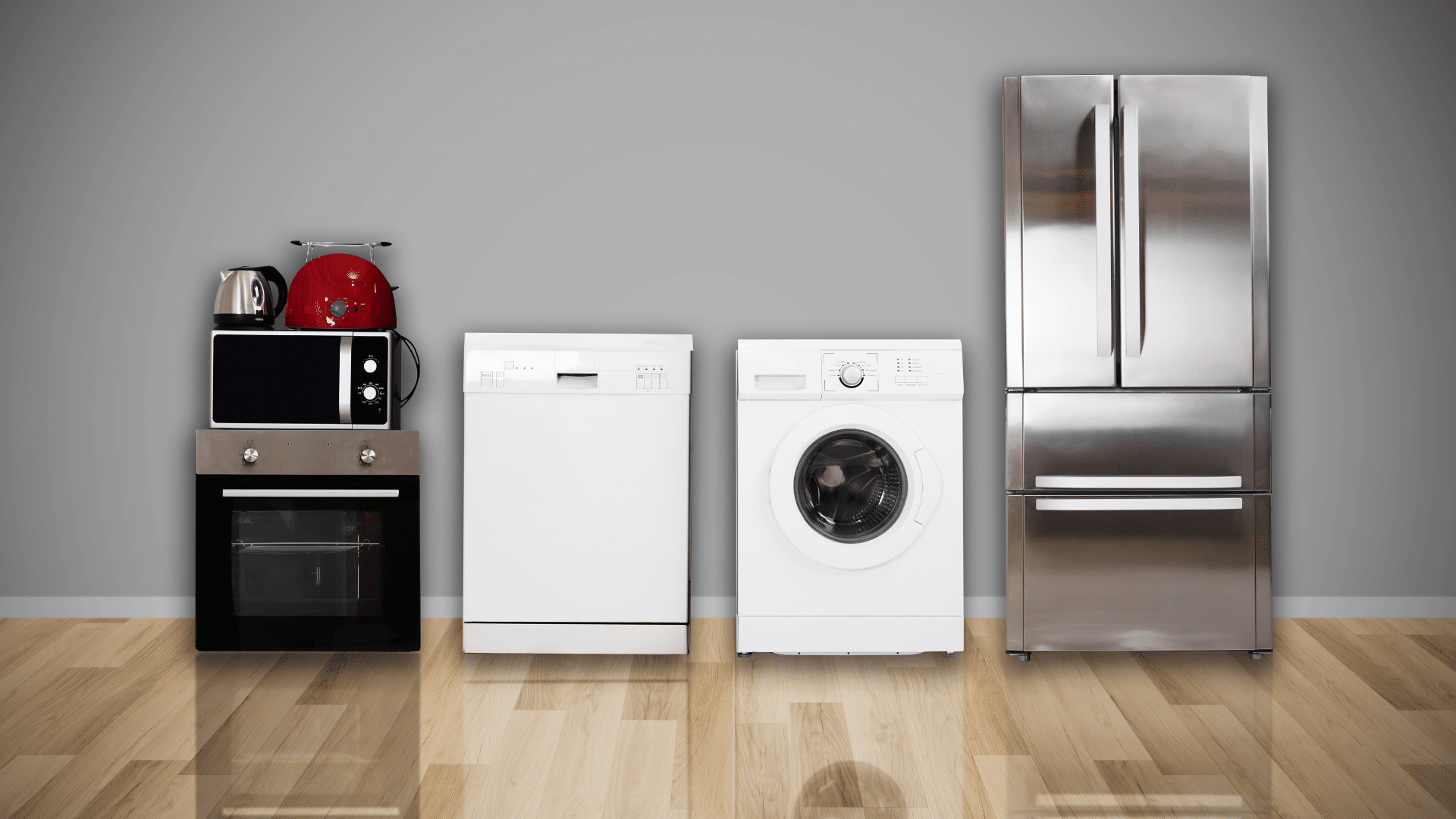
To Repair or Replace? Making the Right Decision for Your Appliances

5 Best Breakfast Spots in Reno 2024
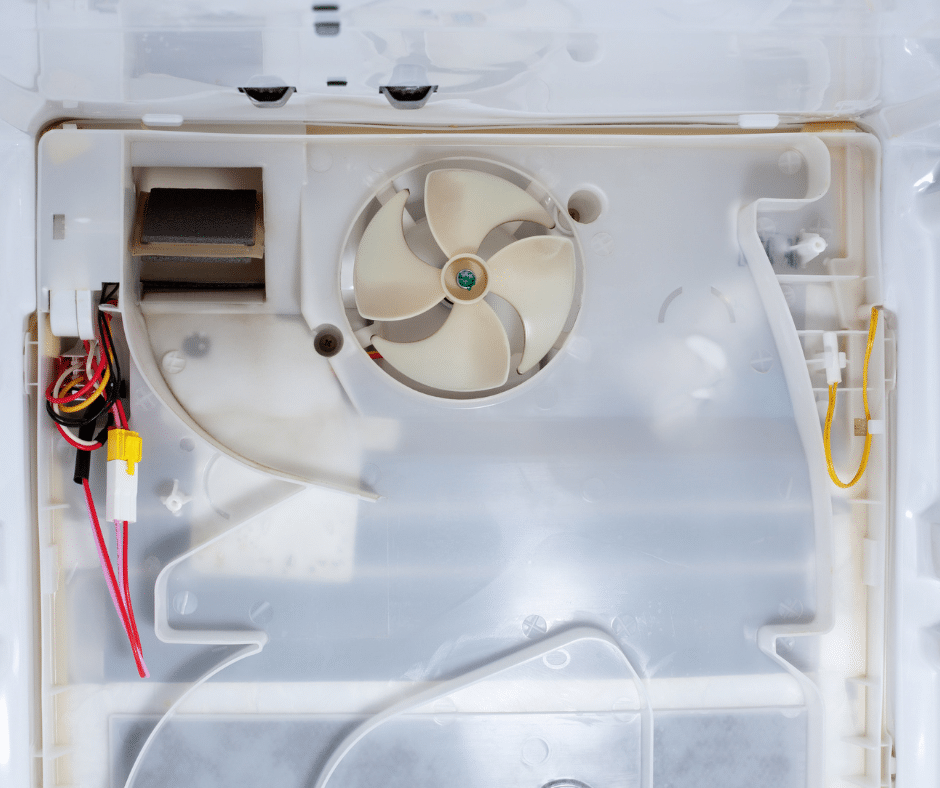
Understanding the Inner Workings of a Refrigerator: A Cooling Marvel

Unveiling the Most Commonly Reported Issues with Household Appliances

Unveiling the Mystery: Why Water Might Taste Weird Coming Out of Your Fridge Water Dispenser

Revolutionizing Appliance Repairs: The Impact of Technological Advancements
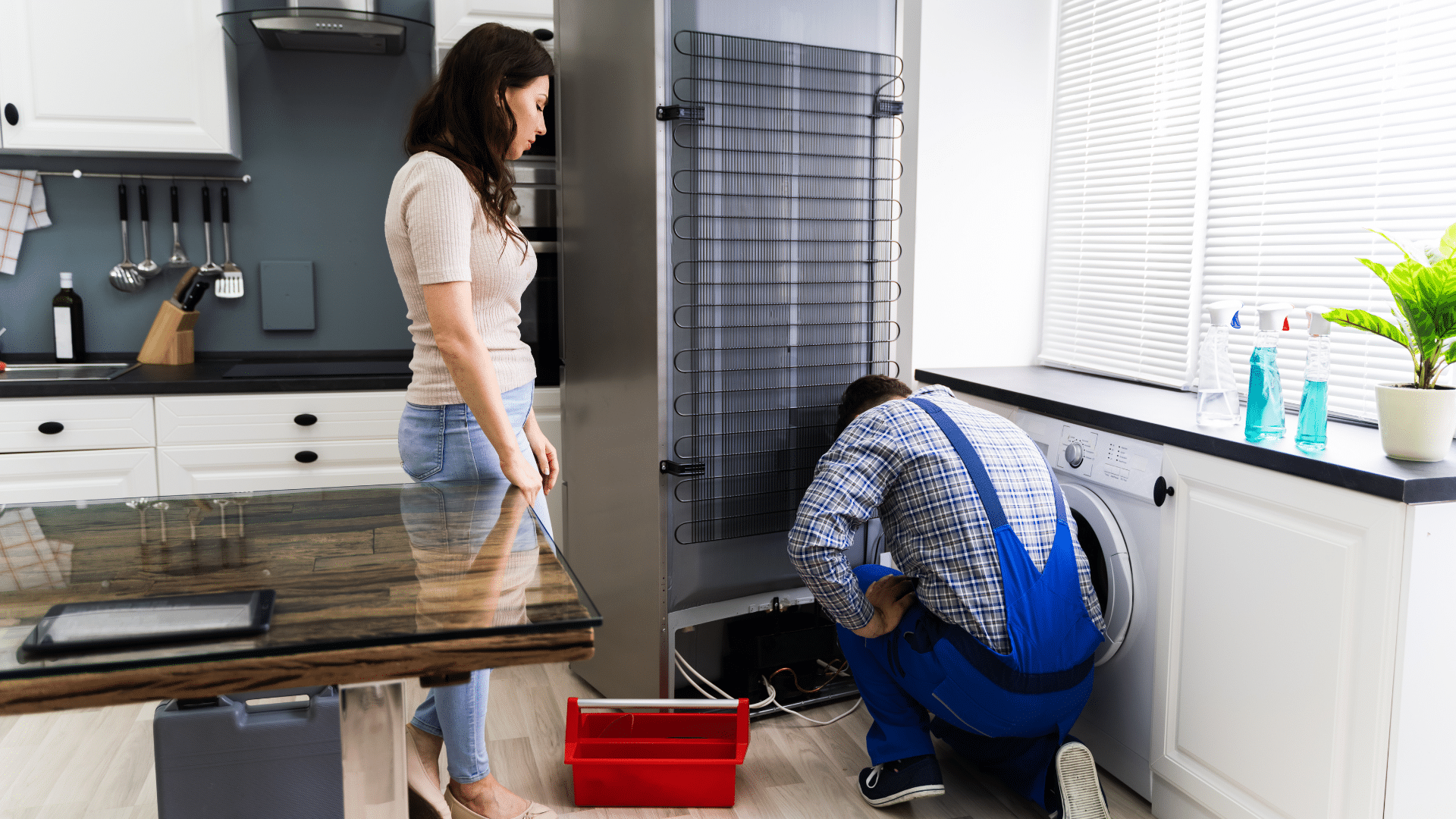
Appliance Recalls: Safeguarding Your Home with Essential Know-How
